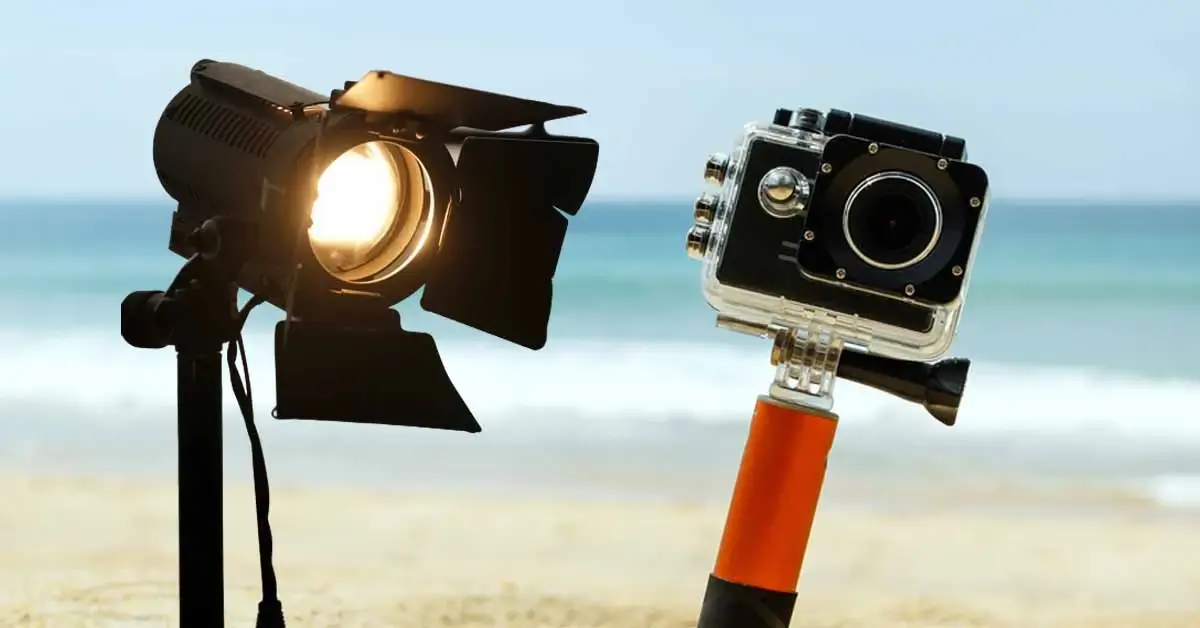Wanna know what are the most effective uses of concave lenses in daily life? If yes, then you are at the right place at the very right time. Concave lenses, also known as diverging lenses are thinner at the center than at the edges, causing light rays to diverge when passing through them. Concave lenses have numerous applications in our daily lives that often go unnoticed.
They have unique properties that allow them to correct vision, improve photography, and enhance various technologies. In this article, we will explore some of the most diverse and intriguing uses of concave lenses, shedding light on their significance and impact on various aspects of our everyday activities. Therefore, without wasting any more time, let’s dive right in…!!!
Effective Uses of Concave Lenses in Daily Life
- Myopia Treatment
- Peepholes
- Flashlight
- Binoculars
- Scanners
Myopia Treatment
The very first one on my list of the most effective uses of concave lenses in daily life is in the treatment of myopia. Myopia, also known as nearsightedness is a refractive error of the eye where distant objects appear blurred while close ones are clear. It occurs when the eyeball is too long or the cornea too curved, causing light to focus in front of the retina instead of directly on it.
In other words, it occurs when the light entering the eye focuses in front of the retina instead of directly on it, resulting in blurred vision for distant objects. Concave lenses aid such individuals by dispersing the light rays before they reach the eye’s lens, effectively shifting the focal point to the retina, hence, allowing for clearer distant vision.
Peepholes
Peepholes are optical devices commonly installed in doors and walls to allow individuals inside to observe the outside without fully opening the door or revealing themselves. To achieve this, peepholes use concave lenses. The use of concave lenses in peepholes enhances visibility and security.
When you look through a peephole equipped with a concave lens, the incoming light from the scene outside is spread out by the lens. As a result, you can see a wider field of view through the small peephole, allowing you to have a better view of the area outside the door or wall.
Flashlight
The next one on my list of concave lens examples in everyday life is flashlights. In flashlights, the role of the lens is to shape and direct the light emitted from the bulb. We choose concave lenses specifically for this purpose due to their unique optical properties. In other words, concave lenses are used in flashlights to spread out and diverge the light emitted from the flashlight’s bulb. This helps create a wider beam of light, allowing for a broader coverage area.
One can say that the diverging effect of the concave lens is essential in achieving a more uniform distribution of light, as it reduces the intensity at the center of the beam and increases it towards the edges. This way, the flashlight can illuminate a larger area effectively, making it useful for various tasks such as outdoor activities, search operations, and general illumination.
Binoculars
There are some optical instruments that use both concave as well as convex lenses for their proper functioning. One of the typical examples will be binoculars. While convex lenses are the primary components for magnification in binoculars (even in telescopes), concave lenses are also employed in their designs. They assist in reducing optical distortions and ensuring a sharper image, contributing to an overall enhanced viewing experience.
We basically use concave lenses in binoculars to help adjust the focus and magnification of the distant objects being observed. When light from distant objects enters the binoculars, it is initially diverged by the concave lens, allowing for finer adjustments to the focus. This helps bring the image into sharp focus, providing a clear and detailed view of distant objects.
Scanners
Last but not least one on my list of practical applications of concave lenses is Scanners. Concave lenses are used in scanners to widen the field of view and help capture a larger area of the document or object being scanned. When light reflects off the document, the concave lens diverges the light, making the image appear larger on the sensor or scanning mechanism.
This enables the scanner to capture more information in a single pass, resulting in quicker scanning times and enhanced efficiency. The use of concave lenses also aids in reducing distortions and ensures a more uniform focus across the entire scanning area, leading to higher-quality scanned images and improved accuracy in optical character recognition (OCR) processes.
Some other Examples of Concave Lenses in Daily Life:
Apart from the above-mentioned applications or uses, I am also mentioning some of a few here.
- CD/DVD Players
- Camera
- Telescope
- Laser Devices, etc.
That’s it for this post. If you like this article, share it if you like, like it if you share it. You can also find us on Mix, Twitter, Pinterest, and Facebook. Hey man, If you have come this far, do give us feedback in the comment section. It would make my day. You can also make a donation. Your donations will help us to run our website and serve you BETTER. Cheers!!!
You might also like:
- Difference between Real and Virtual Images with Examples
- Difference Between Concave and Convex Mirrors in Tabular Form
- Applications & Uses of Concave Mirror in Daily Life
- Applications and Uses of Convex Mirror in Daily Life
- 6 Practical Applications of Total Internal Reflection in Daily Life
- 6 Fascinating Absorption of Light Examples: A Comprehensive Guide
